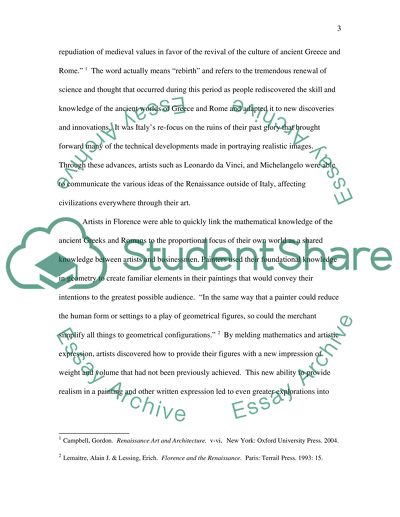Cite this document
(“History: the renaissance Essay Example | Topics and Well Written Essays - 2250 words”, n.d.)
Retrieved from https://studentshare.org/environmental-studies/1415300-history-the-renaissance
Retrieved from https://studentshare.org/environmental-studies/1415300-history-the-renaissance
(History: The Renaissance Essay Example | Topics and Well Written Essays - 2250 Words)
https://studentshare.org/environmental-studies/1415300-history-the-renaissance.
https://studentshare.org/environmental-studies/1415300-history-the-renaissance.
“History: The Renaissance Essay Example | Topics and Well Written Essays - 2250 Words”, n.d. https://studentshare.org/environmental-studies/1415300-history-the-renaissance.


